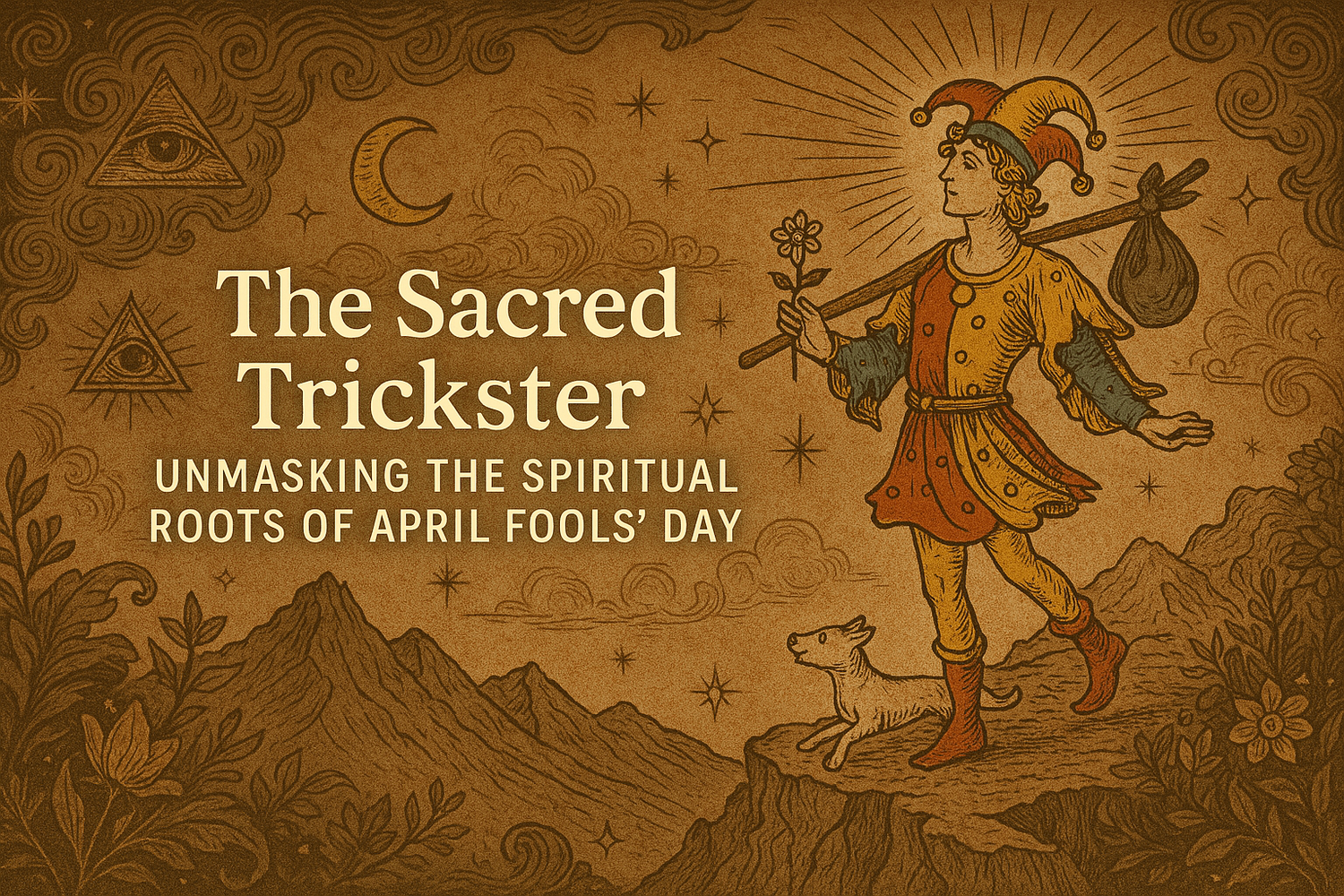Embarking on a journey of meditation is like opening a door to a deeper understanding of oneself and a more peaceful existence. For beginners, the world of meditation can seem vast and complex, but starting is simpler than it seems. This comprehensive guide is designed to walk you through various meditation techniques that are perfect for novices.
Understanding Meditation: A Brief Overview
Before you begin practicing, it's crucial to understand what meditation is and what it is not. Meditation is a practice where an individual uses a technique to focus their mind on a particular object, thought, or activity to achieve a mentally clear and emotionally calm state. Contrary to common belief, meditation isn't about becoming a different person or even a better person; it is about training in awareness and getting a healthy sense of perspective.
Transitioning into a regular meditation practice can profoundly impact your life, helping to reduce stress, enhance concentration, and promote a greater sense of well-being. Let’s explore how you can embark on this transformative journey.
Setting Up Your Meditation Space
Your environment can significantly influence your meditation experience. Choose a quiet spot where you won’t be disturbed. This could be a small corner of your home or even a peaceful outdoor setting. The key is consistency. Use the same space regularly to help condition your mind to enter a meditative state more easily.
Equip your space with a comfortable seat—be it a chair, cushion, or meditation bench. The goal is to be comfortable enough to remain still but not so comfortable that you fall asleep. Subtle elements like dim lighting or a candle can also enhance your space, creating a soothing atmosphere conducive to relaxation and focus.
Choosing the Right Time
Timing can play a pivotal role in the effectiveness of your meditation practice. Many people find that meditating first thing in the morning helps them start their day with a clear, calm mindset. However, if mornings are hectic, consider meditating in the evening to help unwind after a long day.
The important thing is to choose a time when you are least likely to be interrupted and can be consistent with your practice. Even if it's just for five minutes a day, establishing a routine is essential for developing a lasting meditation habit.
Basic Postures for Meditation
The classic image of meditation is someone in a lotus position, but this isn’t necessary for a successful practice. The key is to find a posture where your body is balanced and supported. You can sit on a chair with your feet flat on the floor, sit cross-legged on the ground, or even lie down if sitting is uncomfortable.
Ensure your back is straight. This aligns your spine with the natural curvature, supports healthy breathing, and helps prevent drowsiness. Your hands can rest on your knees or in your lap, and your eyes can be closed or slightly open with a soft focus.
Breathing Techniques
Breathing is at the heart of meditation. Begin your practice by focusing on your breath. This is known as mindful breathing. Simply pay attention to the sensation of air entering and leaving your nostrils, or focus on the rise and fall of your chest.
Don't try to control your breath—just observe. Over time, this practice can help you become more aware of your thoughts and feelings without becoming overwhelmed by them. It serves as a foundation for other, more complex meditation techniques.
Mindfulness Meditation
Mindfulness meditation is one of the most accessible styles for beginners. It involves paying attention to thoughts as they pass through your mind. The goal isn’t to judge the thoughts or become involved with them, but simply to be aware of each mental note as it arises.
You can practice mindfulness during any daily activity—while eating, walking, or listening to music. It’s about being present in the moment and aware of your surroundings and sensations, without excessive judgment or attachment.
Concentration Meditation
In concentration meditation, you focus on a single point. This could involve following the breath, repeating a single word or mantra, staring at a candle flame, listening to a repetitive sound, or counting beads on a mala. By training the mind to focus on one thing, you can eventually bring calmness and clarity to your mind.
The challenge is not to let your mind wander. When it does, return your focus back to the chosen object of attention. This practice improves your concentration skills, essential for both meditation and everyday life.
Progressive Relaxation
Also known as body scan meditation, progressive relaxation is a technique aimed at reducing tension in the body and promoting relaxation. You focus on one part of your body at a time, typically starting from the feet and moving upwards. As you focus on each body part, consciously relax it.
This technique can be particularly helpful for those who struggle with chronic pain or tension. It's also a great way to become more aware of where you hold stress in your body and how to release it.
Incorporating Meditation into Your Daily Life
As you grow more comfortable with meditation, try integrating it into your daily routine. It doesn’t always have to be a formal session. Mindful moments can be included throughout your day, such as taking a minute to breathe deeply before a meeting or focusing on the flavors of your lunch.
Remember, meditation is a personal journey. It is not about perfection but progress. The benefits build up over time, and the key to success is consistency. Start small, and gradually increase your meditation time as it feels right for you.



